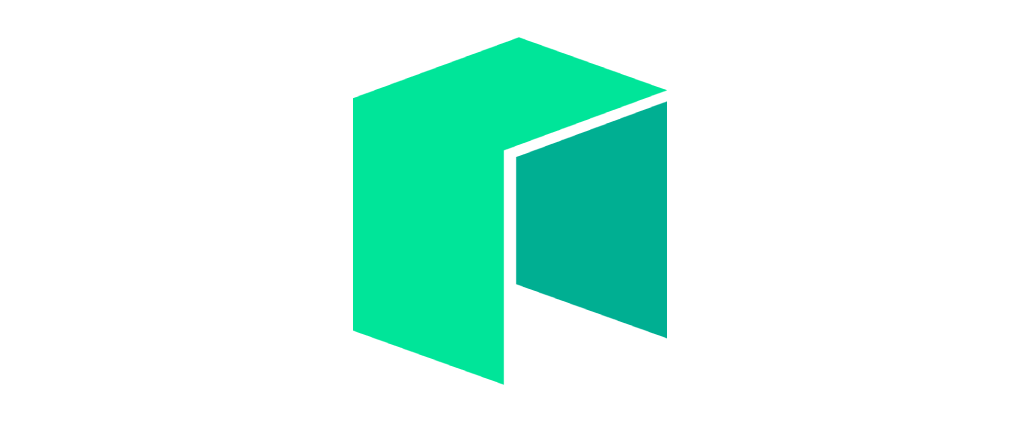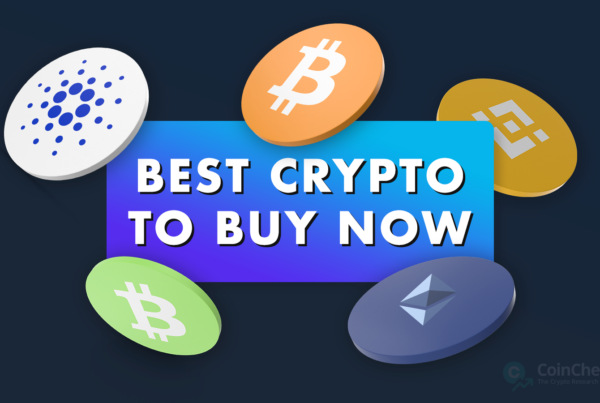After another week of red numbers, the total cryptocurrency market capitalization slipped from $1.93 trillion to $1.78 trillion. Bitcoin, the world’s oldest crypto and the largest one by market capitalization, lost nearly 10% of its value in the last 7 days, plunging through a key support level at $40,000. The price movements that took place last week generally validate Bitcoin’s status of the crypto sector’s barometer, as many major coins and tokens followed BTC’s example and ended up suffering similar or even greater losses.

3. The Graph (GRT)
The Graph is an indexing protocol designed for querying networks like Ethereum and IPFS through the creation of open APIs. Within The Graph’s network, these public APIs are called subgraphs. Think of The Graph as a reverse version of Chainlink. While the former makes real-world data available on the blockchain, The Graph makes blockchain data available off-chain. This allows users and developers to quickly search for relevant blockchain data across Ethereum network and feed the results into their apps and smart contracts. Although The Graph currently only supports Ethereum network, the team plans to add support for Ethereum virtual machine (EVM) compatible networks including Binance Smart Chain, Avalanche, Fantom, Arbitrum, Polygon and Moonriver, soon.
Prominent VCs Join Forces to Launch a $205 million ecosystem fund for The Graph
It has recently been revealed that several venture capital (VC) firms have joined forces to establish a multimillion fund focused at boosting The Graph’s future progress and growth. Reportedly, investors include Digital Currency Group, Multicoin Capital, gumi Cryptos Capital, NGC Ventures, HashKey, and Reciprocal Ventures. These companies have recognized The Graph’s potential in a world where Web3 is rapidly gaining popularity and has already become a buzzword in the tech space. The thing is that Web3 solutions are heavily dependent on oracle and data providers. Craig Burel, an executive at Reciprocal Ventures, also highlighted the immense importance of The Graph in the upcoming world of Web3. He applauded the establishment of the $205 million ecosystem fund by saying:
“To expedite that future, we have come together with some of the biggest players in the crypto industry to provide strategic capital and resources to developers aligned with The Graph’s mission to bring Web3 to fruition.”
Besides supporting teams developing DeFi protocols, NFT applications, DAOs, Metaverses, the fund will also provide funding for developers that are working on creating new subgraphs, indexer tooling, dApp tooling, or in other way helping grow The Graph’s community.

2. BitTorrent (BTT)
Released by Bram Cohen in 2001, BitTorrent is one of the world’s largest decentralized peer-to-peer (P2P) file sharing protocols in the world by number of users. In fact, almost every torrent client utilizes the BitTorrent protocol. In July 2018 blockchain platform TRON purchased the BitTorrent platform and since than the protocol has ventured in the blockchain world. BitTorrent aims to build a token-based economy for networking, bandwidth, and storage resources on the existing BitTorrent network using BTT. The BitTorrent Chain (BTTC) launched on December 12, 2021.
BitTorrent to launch BTFS 2.0 on mainnet on February 22
The BitTorrent team has announced they are deploying the BTFS (BitTorrent File System) 2.0 to the BitTorrent Chain (BTTC) mainnet on February 22. According to the announcement, the BTT rewards awarded to users participating in the blockchain’s consensus will now be deposited to addresses on BTTC and not TRON addresses any more. In addition, BitTorrent has established a 3-week transitory period, in which they will increase the proportion of rewards being awarded to BTFS 2.0 nodes and decrease rewards for BTFS 1.0 nodes. From March 8 on, the rewards will be airdropped solely to BTFS 2.0 nodes, while BTFS 1.0 nodes will no longer receive any rewards.
BTT is currently changing hands at a price of $ 0.000002 per token. The incredibly low price is largely due to the BitTorrent token’s recent redenomination, which saw the supply increase by 1000x compared to the old TRC10-based BTT token supply (now referred to as BTTOLD). Nevertheless, the new token (BTT), which is TRC20-based and mapped to the BitTorrent Chain mainnet still manages to net a market capitalization of $1.84 billion because of its enormous circulating supply of 932.5 trillion BTT.

1. NEO (NEO)
The NEO project started its journey in 2014 under the name “AntShares” and launched its first mainnet in 2016 following a successful initial coin offering (ICO). Soon after that, in 2017, the project rebranded to NEO. Holders of the NEO token periodically receive GAS, which is used for deploying and running smart contracts and dApps on the NEO blockchain. Both tokens (NEO and GAS) have a maximum supply of 100 million coins. What makes NEO stand apart from other tokens is that it is indivisible, meaning that the smallest amount of NEO one can hold, send or receive is 1 NEO. The NEO blockchain relies on a dBFT (delegated byzantine fault tolerant) consensus algorithm and supports issuing custom tokens, with NEP-5 being the most commonly used standard for NEO-based tokens.
NEO to be included in China’s state-sanctioned blockchain infrastructure project
There are several factors that are causing NEO to perform better than other coins in the last month. Besides the launch of the N3 upgrade that took place in the second half of 2021 and the roll-out of several novel DeFi and NFT projects on NEO, there is one more news piece that caused positive sentiment to start spreading among NEO investors. Recently, the announcement made by China’s Blockchain-based Service Network (BSN), a state-sanctioned blockchain infrastructure project that is developing a platform for non-fungible tokens (NFTs) that is developing that is compliant with Chinese regulations, is driving the demand for NEO through the roof. The aforementioned announcement stated that a NEO-based blockchain will be one of the ten blockchains supported by the network BSN is a blockchain infrastructure project.
While NEO’s existing blockchain will not be included in this state-sanctioned blockchain infrastructure, NEO will develop a dedicated Jiuquan Chain for the BSN. Nevertheless, the fact that BSN selected NEO as a framework provider itself acts as a huge stamp of approval and reference for the project.



